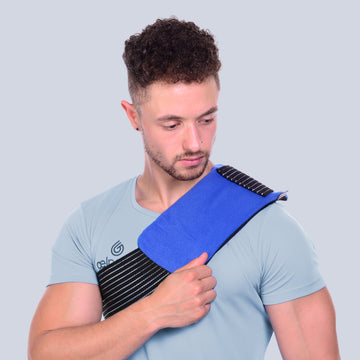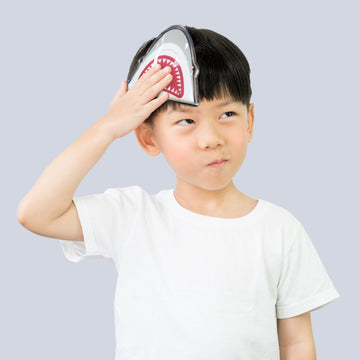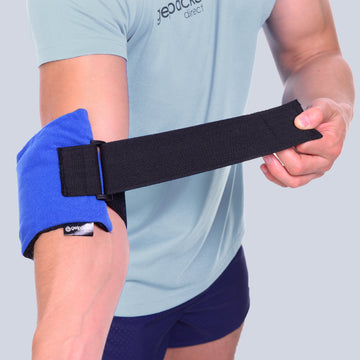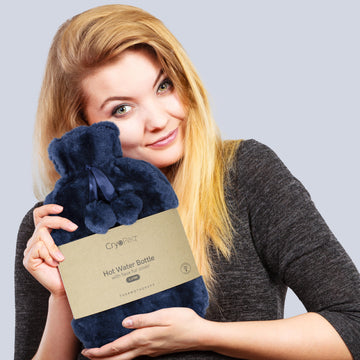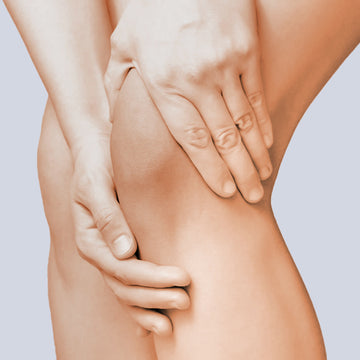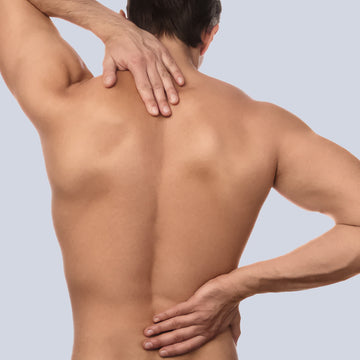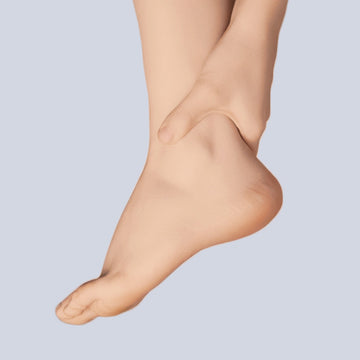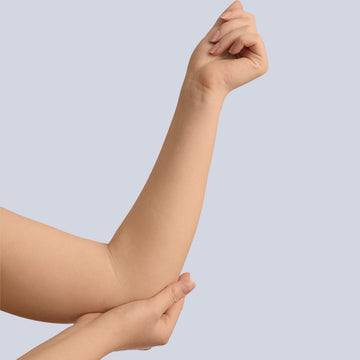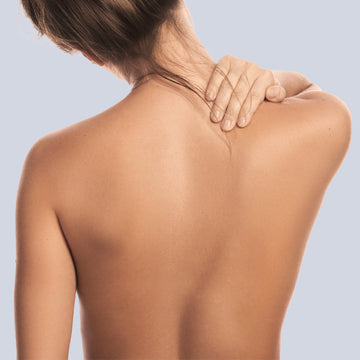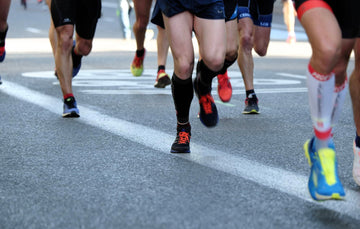Posted by Chloe Simkiss Dec 2020
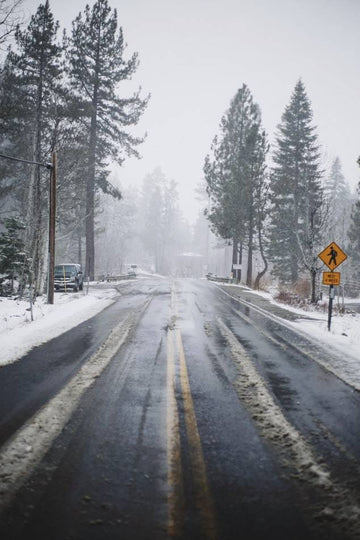
How do I avoid slipping on ice?
Slips and falls on ice are common occurrences in the winter, with 32% of 2000 questioned saying they have fallen on ice. Slips, trips and falls account for 29% of all non-fatal injuries reported to the HSE. You probably know the feeling, you step on a patch of ice and feel your feet slide, you begin to panic and put your arms out hoping to regain your balance and avoid not only a fall, but usually a highly embarrassing situation!
Here at #Team GPD we are the experts at managing your festive fails! Read on for tips on managing sprains 🙌
What happens if you do fall and hurt your ankle?
If you have ever had a sprained ankle? You’re not alone, as this is one of the most common types of injuries doctors see. As well as being painful and swollen, it may be hard to move your foot properly. The good news is that most injuries can heal by themselves within a few months.
What are the symptoms of a sprained ankle?
Symptoms of a sprain or strain will depend on the severity of the injury, but it may include:
- Pain and tenderness
- Swelling
- Bruising
- Difficulty putting weight on your foot
-
Instability around the ankle or finding it hard to move your foot
Below are our top tips for managing sprains and how to deal with ankle pain.
Whether you have a bruising from a fall or you have slipped and sprained your ankle you should take the PRICES approach in the first 48-72 hours after injury (Protect, Rest, Ice, Compression, Elevation and Support).
- Protect from further injury. Use a support sock or wear high-top footwear that supports the ankle, strictly no dancing!
- Rest the affected joint for 48-72 hours, that means feet up, netflix and mince pies!
- Ice the injury using our compression gel packs as soon as possible and for 15-20 minutes every few hours, for up to three days. This will help limit swelling. Take a look at our gel pack for your ankle here.
- Elevate your injury to help reduce any swelling and support the area after the initial stages to further aid recovery and repair
- Avoid alcohol………..sorry 🤷
How to Avoid Slips and Falls on Ice
So you may be thinking, how do I avoid slipping and falling on ice? You should try to make sure you do the following:
- Avoid walking in areas where snow or ice is visible and be especially cautious of black ice. Try to stick to grass or rough surfaces.
-
Take shorter steps and walk slowly and carefully.
-
Wear appropriate footwear, leave the heels at home and remember to wipe your shoes when you enter a building to reduce the risk of slipping and avoid a fall on ice.
- Keep your hands free and out of your pockets. You will need to use your arms to regain balance if you feel yourself slip. Avoid carrying shopping bags or other items and use handrails when available.
You may think there's nothing to worry about, and you might even giggle when your mate goes down, but the truth is that slipping and falling on ice can lead to serious injuries that can take ages to heal. So don't let yourself become another statistic and do what it takes to avoid ice-related injuries this winter.
Remember prevention is better than cure!
#TeamGPD
